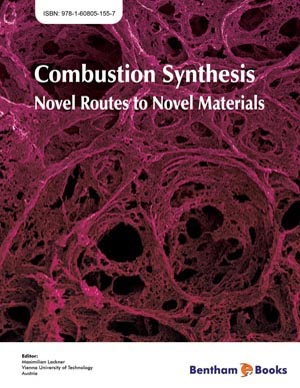Abstract
The emulsion combustion method (ECM) is a novel powder production process developed to synthesize nanostructured metal-oxide powders. In this process, metal ions present in the aqueous droplets are rapidly oxidized by the combustion of the surrounding flammable liquid. The small reaction field and short reaction period lead to the formation of nano-size ceramic particles. A variety of extremely high surface area materials could be synthesized by the ECM process. For example, hollow spheres of Al2O3 TiO2, ZrO2, and Y2O3 can be prepared by this process using aqueous solutions of aluminum nitrate, TiCl4, zirconium oxynitrate, and yttrium nitrate, respectively. In contrast, solid particles of ZrO2-CeO2, ZnO, Fe2O3, CeO2, MgO and BaTiO3 from aqueous solution of their corresponding nitrates and ZnO/SiO2 from zinc acetate, and silica sol or hexamethyldisiloxane can also be prepared. The powder formation mechanism is discussed in detail. The main aim of this chapter is to introduce emulsion combustion synthesis to the reader.




















